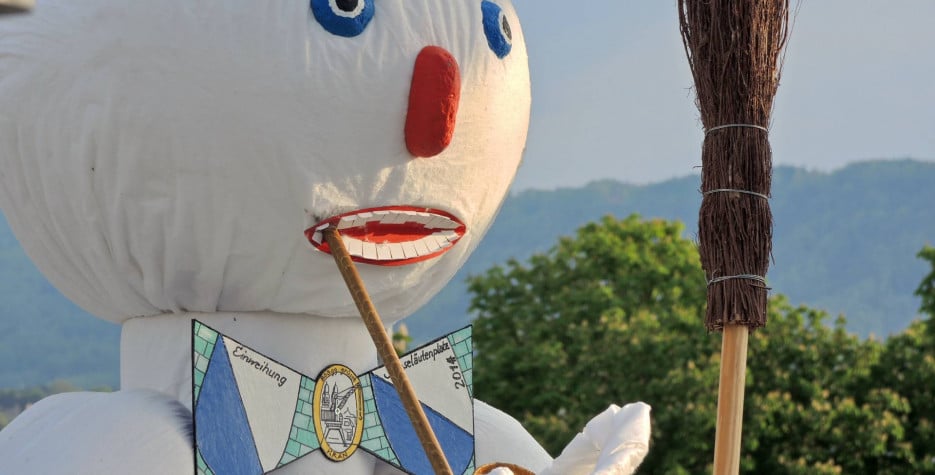When is Sechseläuten?
Sechseläuten (Sechselaeuten, Swiss German: Sächsilüüte) is celebrated on the afternoon of the Third Monday in April. If the third Monday of April is Easter Monday, the holiday may be moved to the preceding or following Monday.
This traditional spring festival originated in medieval times when the various guildhalls across Zurich celebrated the first day of the summer working hours.
History of Sechseläuten
Sechseläuten is a German word that literally translates into "The six o'clock ringing of the bells". In medieval Zurich, the length of the working day was determined by the season. During the winter months, the workday lasted as long as there was daylight, but during the summer (starting on the Monday following vernal equinox on March 21st), the law was that work must cease when the church bells rang for six o'clock.
How is Sechseläuten celebrated?
The event is marked by a parade and climaxes in the burning of 'Winter' which takes the form of a snowman called the Böögg. The Böögg's head is packed with fireworks and the exploding head makes a makes a spectacular finale to the day.
The custom of burning a 'Böögg' predates the Sechseläuten. A Böögg (similar to bogey man) was originally a masked mischief-maker, who frightened children during the carnival season. In the late 18th century, individual guilds started to celebrated Sechseläuten by burning their own Böögg, these then unified in 1902 when the burning of the Böögg became an official part of the parade.
Did you know?
A local belief is that the time between the lighting of the fire and the explosion of the head indicates the type of weather that can be expected during the coming summer: a fast explosion means a warm summer, a longer period of burning means a cold and rainy one.
In 1952, the celebration was moved from its traditional vernal equinox related date to the third Monday of April. Because of the later date, and the adoption of daylight savings time in 1981, the traditional lighting of the Böögg's pyre at 6 pm has been now moved to later in the evening.
In 2006, just a few days before the Sechseläuten, the Böögg was abducted by leftist "revolutionaries", who saw Sechseläuten as an 'upper class/capitalist' celebration. Since then, no chances are taken and duplicate Bööggs are held in reserve with the main one stored at a bank.
- Offical Sechselaeuten website (German)


